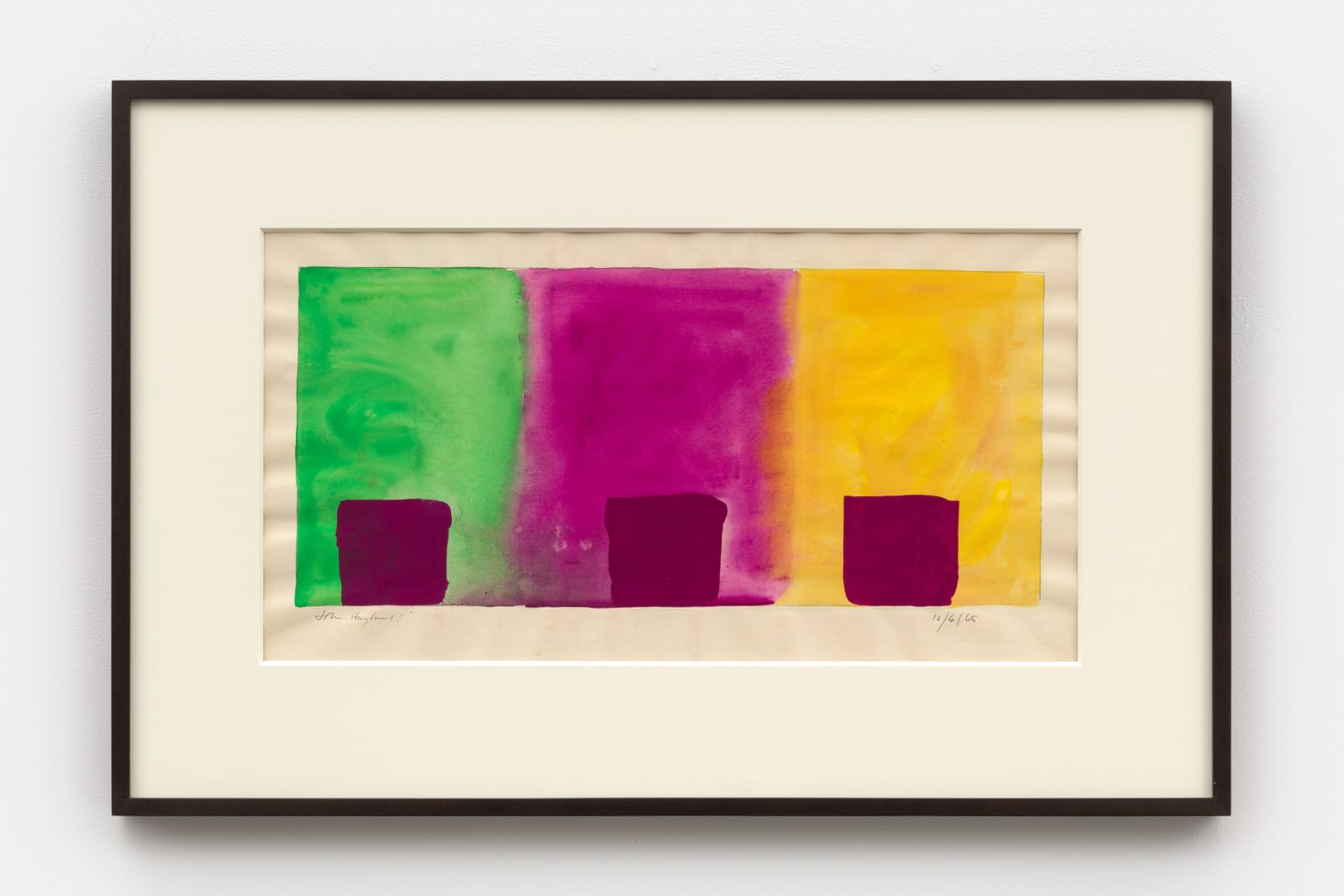
John Hoyland
10.4.65, 1965
Watercolour on paper
38.1 x 55.9 cm
15 x 22 in
Framed: 45.1 x 68.6 x 3.2 cm
17 3/4 x 27 x 1 1/4 in
15 x 22 in
Framed: 45.1 x 68.6 x 3.2 cm
17 3/4 x 27 x 1 1/4 in